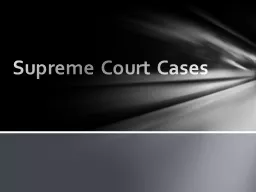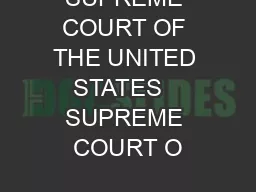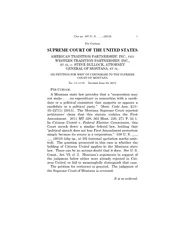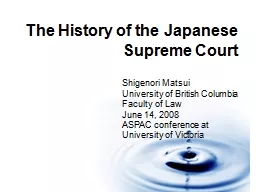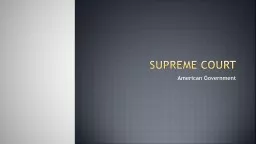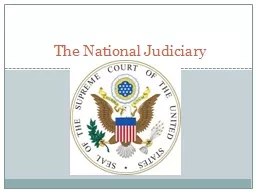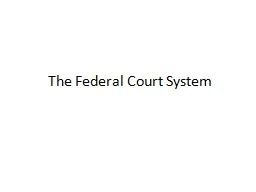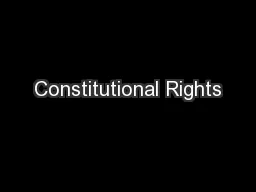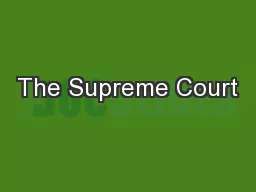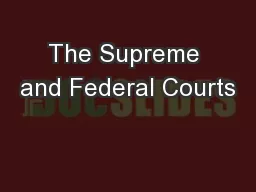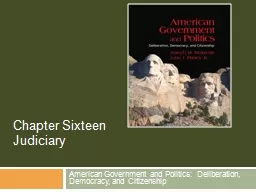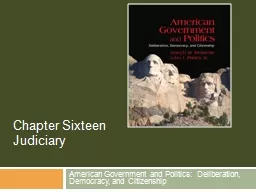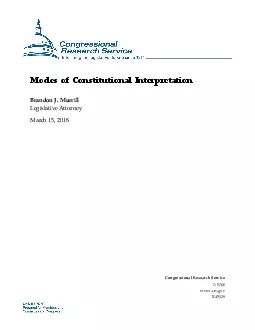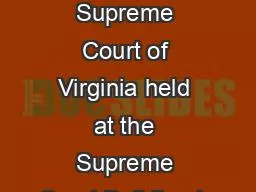PPT-Supreme Court Cases Constitutional Foundations
Author : liane-varnes | Published Date : 2018-09-25
Facts of the Case The case began on March 2 1801 when an obscure Federalist William Marbury was designated as a justice of the peace in the District of Columbia
Presentation Embed Code
Download Presentation
Download Presentation The PPT/PDF document "Supreme Court Cases Constitutional Found..." is the property of its rightful owner. Permission is granted to download and print the materials on this website for personal, non-commercial use only, and to display it on your personal computer provided you do not modify the materials and that you retain all copyright notices contained in the materials. By downloading content from our website, you accept the terms of this agreement.
Supreme Court Cases Constitutional Foundations: Transcript
Download Rules Of Document
"Supreme Court Cases Constitutional Foundations"The content belongs to its owner. You may download and print it for personal use, without modification, and keep all copyright notices. By downloading, you agree to these terms.
Related Documents

